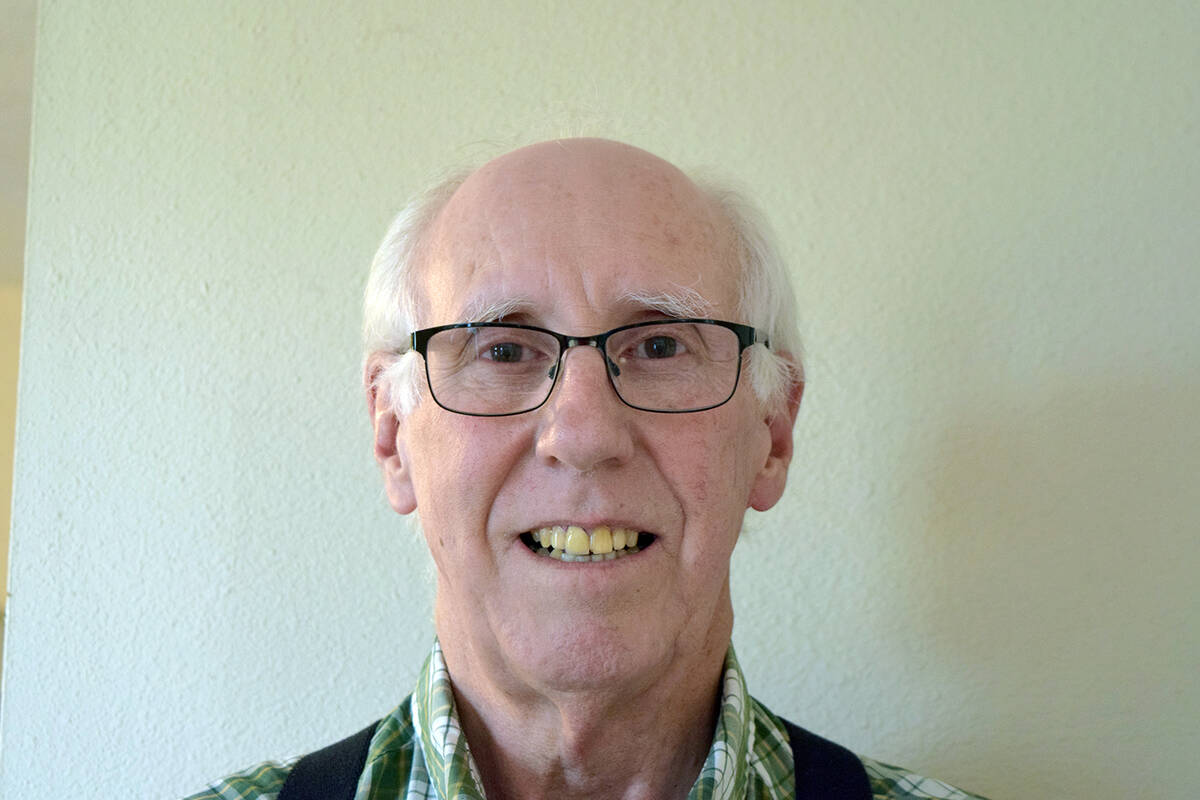
You have heard the term “greenhorn.” But do you really know what the term means or where it came from?
In some circles in the Old West it was aptly applied to a person who was a tenderfoot on the range.
Historians note that after the end of the Civil War, many unemployed veterans, emancipated slaves, Mexican immigrants, Native American Indians and sons of English and Scottish ancestry were lured to the West to take part in cattle drives. Some drives were famous, for example those along the Chisholm Trail out of Texas to rail outlets in Kansas from 1867 to 1884.
Not all went to punching cattle, some went to other states, including Nevada and West Coast states, and found work in a variety of means.
But thousands of inexperienced young men from all walks of life did join up for the cattle drives. They were often referred to as “greenhorns.”
And those same men often found punching cattle to be a lot more than they expected.
The cowboy’s day was a long and hard one and life on the range was lonely and often dangerous.
When the greenhorn reached his destination he was usually welcomed by a strange group of men in a strange environment who might take advantage of him for what he did not know. So, the greenhorn had to master language and a new vocabulary in order to be accepted by other cowboys.
On the trail, often the cook would take a new man under his wing and explain the vocabulary to him and teach him about range life.
But that was only the first part of what a greenhorn needed to learn. Next came the three R’s: “ropin’, ridin’ and rangin’.”
Most men already knew how to ride but they still had to master the art of chasing down stray calves, heading off stampedes and riding well at dangerous high speeds.
Roping correctly from a moving horse took practice, and long hours of it, to get it right.
Wrangling horses — breaking them to ride — was another chore the newcomer had to learn and usually the hard way. Experienced cowboys liked nothing better than to put a greenhorn on a wildly bucking bronc and watch the excitement.
There were other tasks to learn as well, from basic first aid to blacksmithing. The best way to learn was the watch the old-timers.
Many Western historians note the average time for a greenhorn on the job was seven years. Some learned the job well and stayed with it; some did not and moved on to other professions, like mining.
As the 19th century ended, so did the cattle drives. But tales of Wild West cowboys and greenhorns are still as popular as ever in books, movies and several former TV shows. Maybe you have a favorite. So look closely as to how the greenhorn is portrayed.
Dave Maxwell is a Nevada news reporter with over 35 years in print and broadcast journalism, and greatly interested in early Nevada history. He can be reached at maxwellhe@yahoo.com.